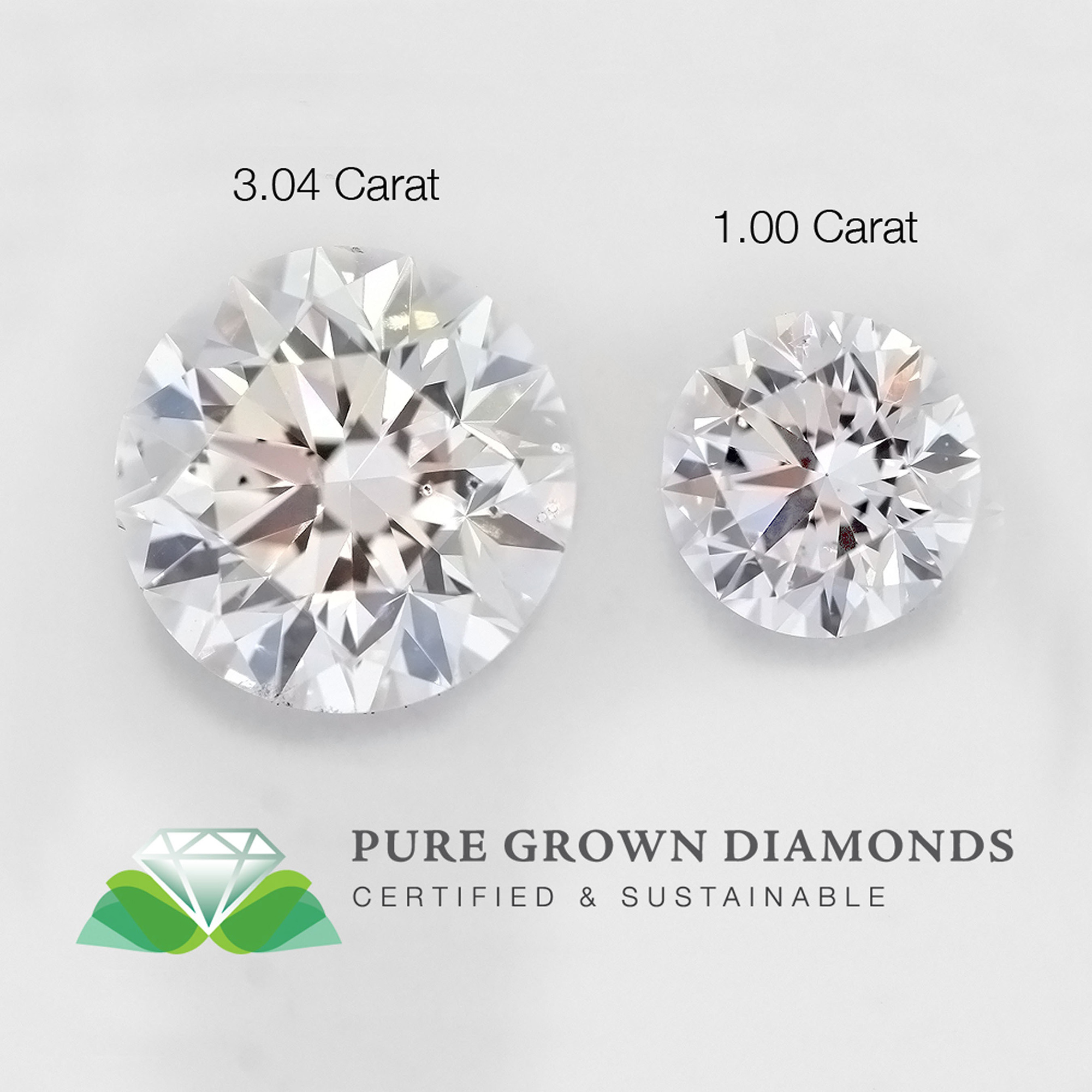Eco-Friendly Luxury: The Process of Cultured Diamonds
In an age where eco-friendliness and luxury are increasingly entwined, lab grown diamonds are emerging as a compelling substitute to their natural counterparts. These stones not just offer the same brilliance and aesthetic appeal but also carry a lowered ecological and ethical footprint. As more buyers seek to make responsible choices, understanding the processes behind these beautiful creations becomes essential.
The journey of a lab grown diamond begins in a controlled environment, where scientists use advanced technology to duplicate the natural conditions under which diamonds form deep within the Earth. This method not only results in stones that are chemically identical to mined diamonds but also enables greater exactness in shaping gems of extraordinary caliber. The rise of lab grown diamonds continues to be transforming the jewelry industry, drawing in those who seek richness without sacrificing their ethics.
A Process In Synthetic Diamonds

Lab grown diamonds can be produced using advanced technological methods that imitate the organic processes occurring in the Earth’s mantle, where natural diamonds form over millions of years. The main key techniques employed are High Pressure High Temperature (HPHT) and Chemical Vapor Deposition (CVD). HPHT simulates the intense pressure and temperature conditions found deep underground, while CVD uses carbon-rich gases to create diamond crystals at lower pressures. Both methods yield superior diamonds that are chemically and compositionally identical to their mined counterparts.
In the HPHT method, a small diamond seed is set in a container with graphite and exposed to extremely high temperatures and pressures. This setting facilitates the growth of carbon atoms from the graphite onto the diamond seed, resulting in a larger diamond crystal. This process may take anywhere from a few days to a few weeks, depending on the desired size and quality of the diamond. rare carat review is a diamond that is virtually indistinguishable from genuine diamonds, making it an attractive option for consumers looking for ethical choices.
On the other hand, the CVD method starts with a diamond seed placed in a vacuum chamber packed with hydrogen and methane gases. The gases are ionized, creating plasma that decomposes the methane to emit carbon atoms. These carbon atoms then deposit onto the diamond seed, allowing it to grow layer by layer. This technique enables accurate control over the diamond's growth environment, which can lead to diamonds with fewer inclusions and better clarity. The result is a range of diamonds that meet the high standards of quality desired by jewelers and consumers alike.
Impact on the Environment and Advantages
Laboratory-created diamonds present a significant reduction in environmental impact when compared to traditional diamond mining. The process of extracting mined diamonds often leads to extensive land disruption, ecosystem destruction, and pollution of surrounding areas. In comparison, lab grown diamonds are produced in controlled environments that reduce resource depletion and eliminate the harmful processes associated with mining. This eco-friendly method to diamond creation preserves natural spaces and protects vulnerable ecosystems.
Furthermore, the consumption of energy and water in lab diamond production is greatly lower. Advances in technology have enabled more effective techniques that utilize less energy while creating high-quality gems that are nearly indistinguishable from traditional diamonds. This effectiveness contributes to a reduction in greenhouse gas emissions and overall environmental impact. Consumers choosing lab grown diamonds are thus making a decision that aligns with eco-friendly values, contributing to a further sustainable future.
Considering the scarcity often marketed with natural gems, lab grown diamonds challenge the traditional notion of rarity in luxury. These gems can be manufactured to specific designs, leading to a much more ethical supply chain that does not take advantage of natural resources. By opting for lab grown diamonds, buyers support eco-conscious methods and question the existing norms of the luxury market. This change not only is advantageous for the environment but also promotes social responsibility within the sector.
Understanding the Significance of Carat Weight
The weight of a diamond is a key determinant influencing the worth of a diamond, whether natural or lab grown. The weight of a diamond is measured in carat units, with one carat equal to 200 mg. As a general rule, the larger the diamond, the more precious it is. This is due to the rarity of larger stones, making them more sought after. When evaluating lab grown diamonds, potential buyers typically take into account the carat weight together with other factors like purity, color, and cut, which collectively influence the overall quality and price.
In the context of lab grown diamonds, understanding carat weight can aid consumers make informed purchasing choices. Since synthetic diamonds are created in controlled environments, they can be manufactured in a range of dimensions more consistently than natural diamonds. This means buyers can find bigger stones at a lower price compared to their natural counterparts. However, it is still crucial to keep in mind that as the carat weight grows, so does the price, although generally not as sharply than for natural diamonds.
Additionally, the “unique carat assessment” frequently emphasizes the importance of selecting the appropriate carat weight based on individual desires and budget. Many buyers may opt for a somewhat reduced carat weight if it enables them to choose a higher quality in terms of clarity or color. Ultimately, the perfect carat weight is a trade-off between appeal, individuality, and financial decision, ensuring that consumers appreciate the aesthetic and significance of their synthetic gems.